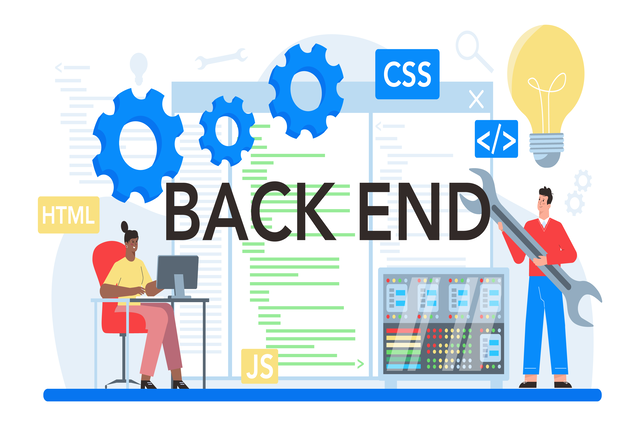Your Guide to The Top 15 Backend Languages For 2023
As the digital world continues to evolve at an unprecedented pace, the demand for efficient, powerful, and advanced backend technologies has never been greater. Backend languages can influence the project closure speed and make a difference in the success of your complex web or mobile application. So, you need to stay diligent and pay close attention to your project’s unique demands.
With so many options, selecting the best backend language can become daunting. That’s why we’ve compiled this comprehensive guide detailing the top 15 backend languages set to dominate in 2023.
Whether you’re a startup, a seasoned developer, or an established Enterprise, this blog will provide valuable insights to make informed decisions. So, without further ado, let’s dive in!

What Is Backend Development?
Backend development refers to server-side development, responsible for processing, storing, and retrieving data. Backend Development handles the logic of the server-side architecture, the integration of databases, and the development of APIs and web services to ensure the client side of the website/application functions properly.
Backend development utilizes programming languages, frameworks, and libraries to build, protect, and sustain the complex server-side architecture and protect the data from unauthorized access and attacks. It ensures the back end synchronizes correctly with the front end while handling requests, processing the data accurately & efficiently, and sending suitable responses back to the front end.
What are the benefits of using backend frameworks?
Provide pre-built components and tools to speed up the development process, enabling efficient processing and reducing development time and costs.
Provides the ability to scale. Crucial in handling high volumes of traffic and user requests.
Built-in security features to protect against SQL injection, cross-site scripting (XSS), and other vulnerabilities.
A consistent codebase eases development due to reduced errors and increased productivity.
Features built-in integrations with other tools and services; easily connect your apps to databases, payment gateways, email services, and other 3rd-party services.
A developer community provides ample support, ensures bug fixes, and provides updates to keep the framework relevant over time.
Back-end vs front-end development
Back-end development
• Deals with the database and server-side of the website or application
• Focuses on building the logic and functionality of the backend
• Concerned with data processing, storage, and management
• Involves working with APIs to connect different parts of the website/application
• Involves data security, testing, and debugging to ensure proper functioning and security
• Ensures scalability and performance of the backend
Front-end development
• Deals with the client-side of the website or application – visual design and layout
• Focuses on building the UI and UX
• Concerned with accessibility and usability
• Involves design tools like Sketch or Figma to design mockups and prototypes
• Ensures responsiveness and compatibility across different browsers and devices
• Ensures the front-end is visually appealing and easy to use